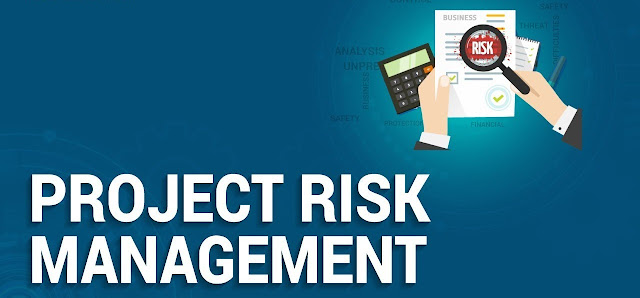Why Project Managers Should Opt Project Risk Management?
Project risk management is a big perspective on recognizing the risks that can cause a project to stop to meet its plans and aims. When risks are identified, the next problem is to identify the main causes or reasons for risks. A common approach is defined and followed by a discussion of many qualitative and quantitative methods for evaluating risks.
Risk is the
effect of an event and its probability of h
We can most successfully
handle risks when they are identified clearly, and their effect can be calculated.
Risk identification may include small investigations or thorough evaluations in a timely manner depending on large or small-scale projects.
Risk management
capability and risk environment are continuously changing and evolving.
Risk management
is very crucial and a key driver and that’s why project managers have become more
and more worried about risk. The risk may be a driver of planned decisions, it may
be a cause of unpredictability in the tasks or it may simply be implanted in the
activities during project completion. A project-wide approach to risk
management empowers a project manager to consider the possible effect of all
types of risks on project levels. Executing a proper risk assessment will
result in a project benefiting from what is often referred to as the “Upside of
risk”.
For all project
managers, it is needed to understand the risks being taken when looking to
achieve objectives and attain the desired level of reward. Managers should
understand the overall level of risk included within their tasks and processes.
It is required for managers to recognize and priorities possible risks and identify
the weakest critical controls.
When planning to
enhance risk management performance, the desired benefits of the risk
management initiative should be planned initially. Successful risk management
leads to compliance, enhanced decision-making and assurance. These results will provide benefits by methods of
improvements in the effectiveness of operations, the efficiency of strategy and the
effectiveness of the approach during the completion of the project.
The risk identification process can also use smart assessment modules like Khamelia. Khamelia risk assessment module is designed to help the project team identify risks and manage them easily. Our risk assessment module will enable you to identify risk, assign the role of risk owner to your trusted representative, create a risk reduction strategy, schedule a review of risk at regular intervals, and capture costs associated with each risk.


